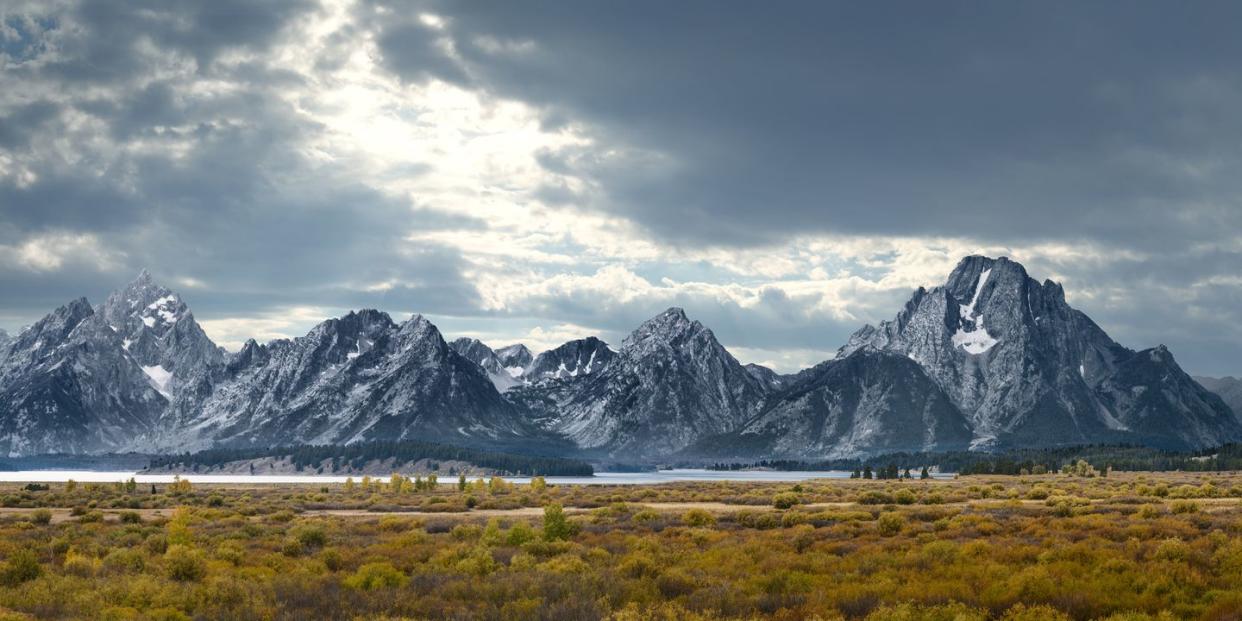So...Why Is It Raining Plastic in the Rocky Mountains?

Studying the Rockies, scientists made a surprising discovery: it's covered in plastics.
Microplastics, pieces of plastic microscopically small, appeared on 90% of their samples.
Microplastics are everywhere on the globe, even the depths of the Arctic Ocean.
Plastic is so commonplace in modern society that even protected natural areas are being inundated with it. When U.S. Geological Survey (USGS) researchers were taking samples high up in the Rocky Mountains, they were hoping to study soil, minerals, and other nature-y things—but plastic was touching nearly everything. So much so that the researchers named their report: "It is raining plastic."
But we're not talking about plastic bottles or candy wrappers. These plastics are much smaller, otherwise known as microplastics that only visible with magnification. There are at least 17 known sources of microplastics, ranging from packaging materials like polyethylene, polypropylene, nylon and paints. Trash is one of the biggest contributors to the global spread of microplastics.
From winter to summer in 2017, scientists took weekly samples from the Rockies to study what's known as their "atmospheric deposition." An atmospheric deposition is the transfer of atmospheric pollutants, like nitrogen, to a natural area. To understand what tiny pollutants are in the samples, they would filter them out intensely.
"Plastics were identified on over 90 percent of the filters," the paper's abstract grimly reads.
There was some diversity in where the microplastics were found. Urban areas of the national park, which saw 4.6 million visitors in 2018, were likely to have more microplastics than remote areas. "However," the abstract states, "frequent observation of plastic fibers in washout samples from the isolated Loch Vale site in Rocky Mountain National Park (elevation 3,159 meters, or 10,364 feet) suggests that wet-deposition of plastic is ubiquitous and not just an urban condition."
“I think the most important result that we can share with the American public is that there’s more plastic out there than meets the eye,” says Gregory Wetherbee, a researcher and lead author of the report, speaking to The Guardian. “It’s in the rain, it’s in the snow. It’s a part of our environment now.”
While the scientists were prepared to study how the area had been affected by humans, they were not prepared for the onslaught of plastic. "This study was not designed for collecting and analyzing samples for plastic particles. The results are unanticipated and opportune," the abstract reads.
Scientists around the globe have been tracking the spread of microplastics for years. They've been discovered in the Arctic and remote beaches, so sadly, finding plastics in the Rockies isn't as shocking as it should be.
Source: Guardian
You Might Also Like

